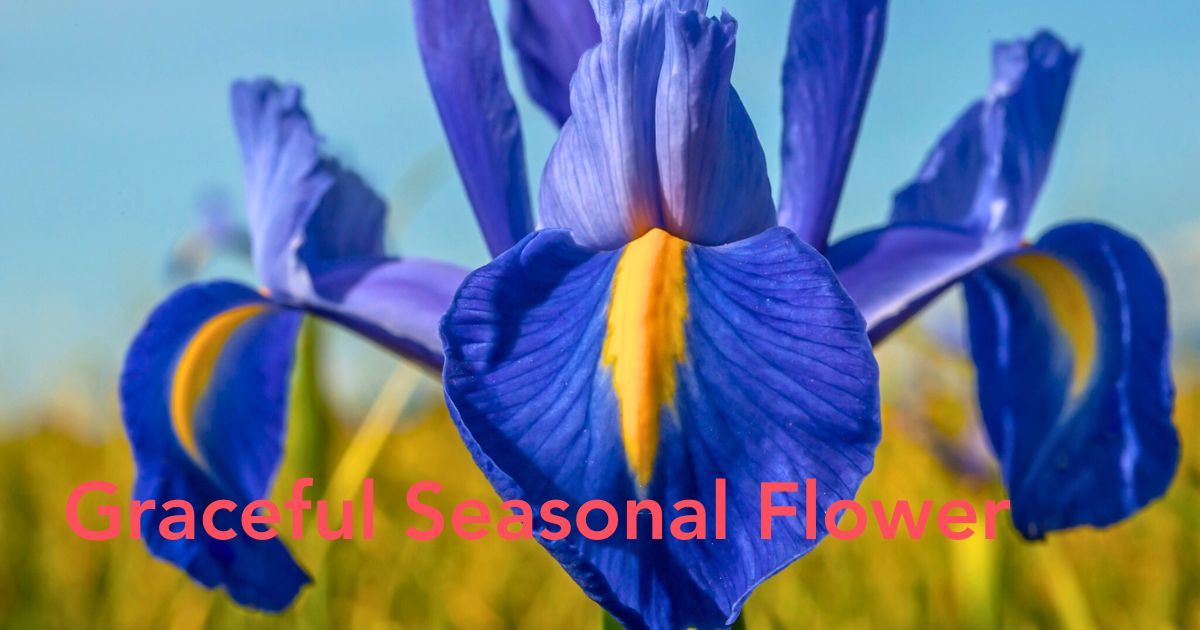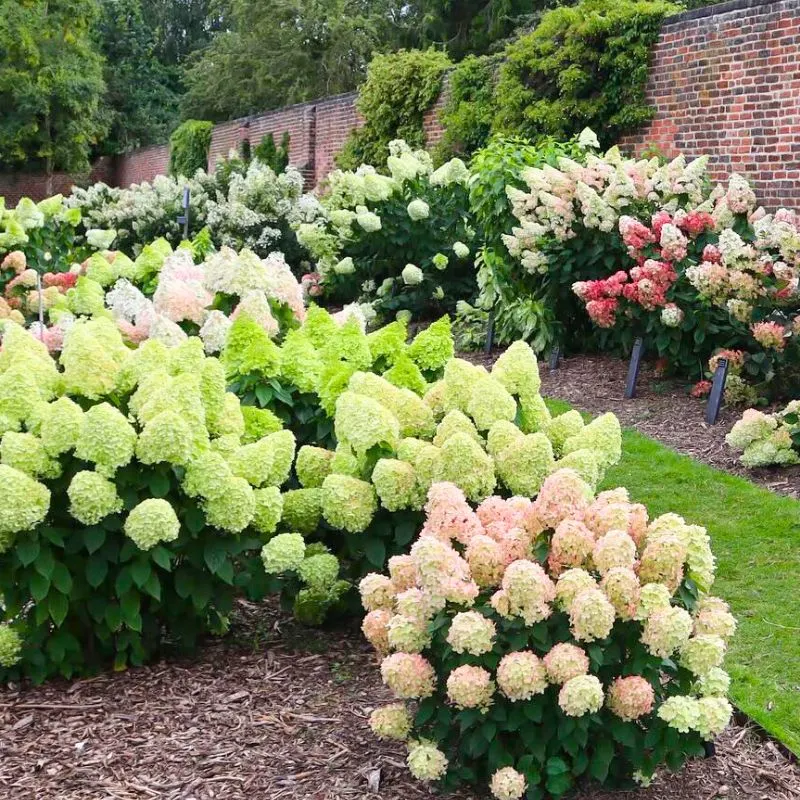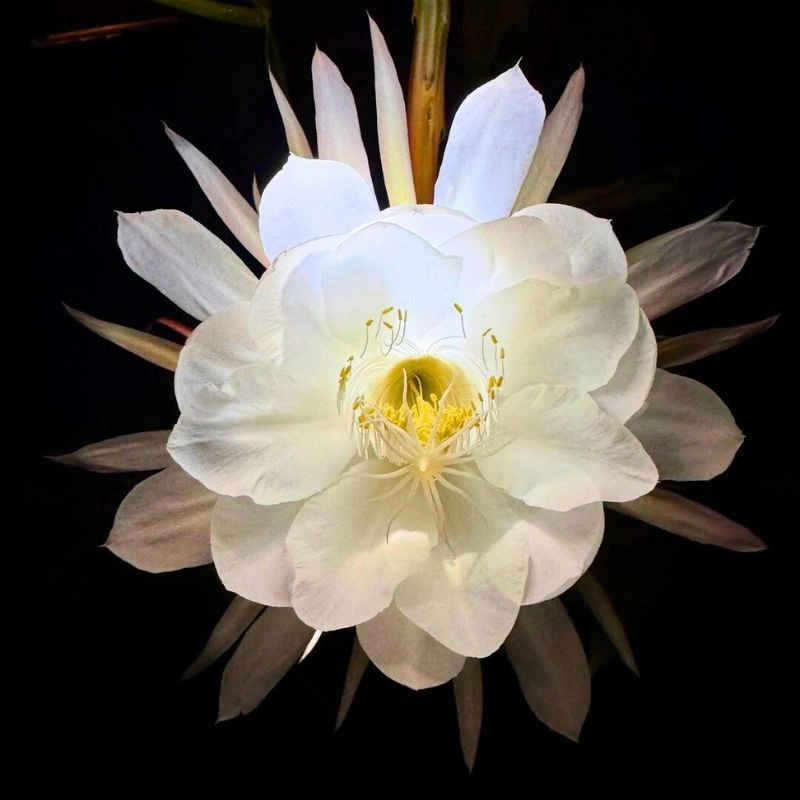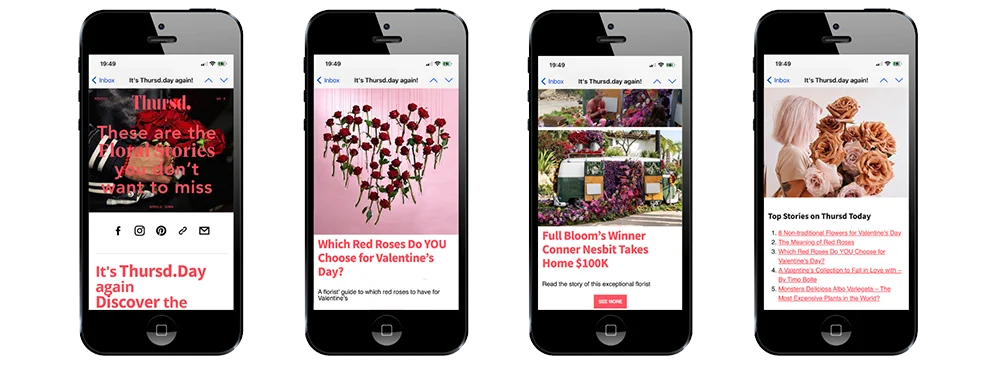The blue Iris flower has long fascinated poets, painters, and gardeners. It is elegant in form and striking in color, but its beauty goes beyond the surface. The blue Iris carries centuries of symbolism tied to faith, wisdom, communication, and spiritual meaning. Whether chosen as a tattoo, a floral gift, or a subject of spiritual reflection, this flower holds deep emotional and cultural significance.
In this article, you'll discover what the blue Iris flower meaning is across different contexts, including its historical symbolism, cultural interpretations, role in modern floristry, and how it continues to show up in emotional and spiritual expressions.
What Is the Blue Iris Flower Meaning?
The meaning of the blue Iris flower is centered around ideas of hope, wisdom, faith, and communication. It is named after Iris, the Greek goddess of the rainbow and divine messenger between the heavens and Earth. This etymology sets the tone for what the flower represents—connection, clarity, and insight. The color blue further enhances its message, often associated with depth, truth, calm, and emotional honesty.
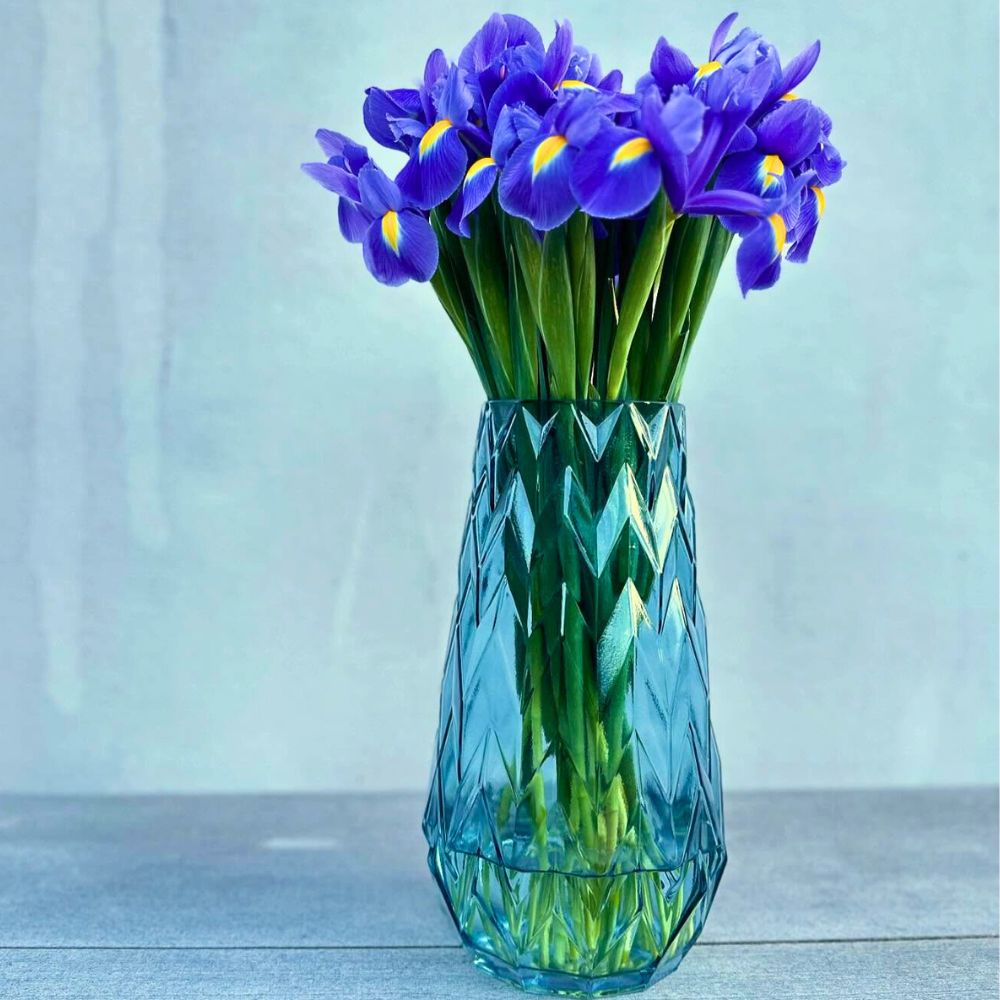
In both personal and symbolic use, the blue Iris is often selected to express sentiments that are difficult to put into words. It is a flower that speaks softly but profoundly, often used in situations that require grace, dignity, or a spiritual reminder. Whether placed at a gravesite, gifted to someone experiencing a transition, or chosen for a thoughtful bouquet, the blue Iris suggests that there is more happening beneath the surface—and invites the recipient to pause and reflect.
When one asks what blue Iris flowers mean, the answer touches on many things at once: faith during difficult times, wisdom earned through experience, hope for what lies ahead, and communication that transcends ordinary speech.

The Meaning of the Blue Iris Flower in Mythology and History
To truly understand the symbolic nature of the blue Iris, it helps to look into its mythological and historical roots. In ancient Greek mythology, the goddess Iris served as the messenger of the gods, believed to travel along rainbows and deliver divine messages between the heavens and earth. The flower that bears her name was often planted near graves to ensure that the soul of the deceased would find its way to the afterlife, guided by the goddess herself.
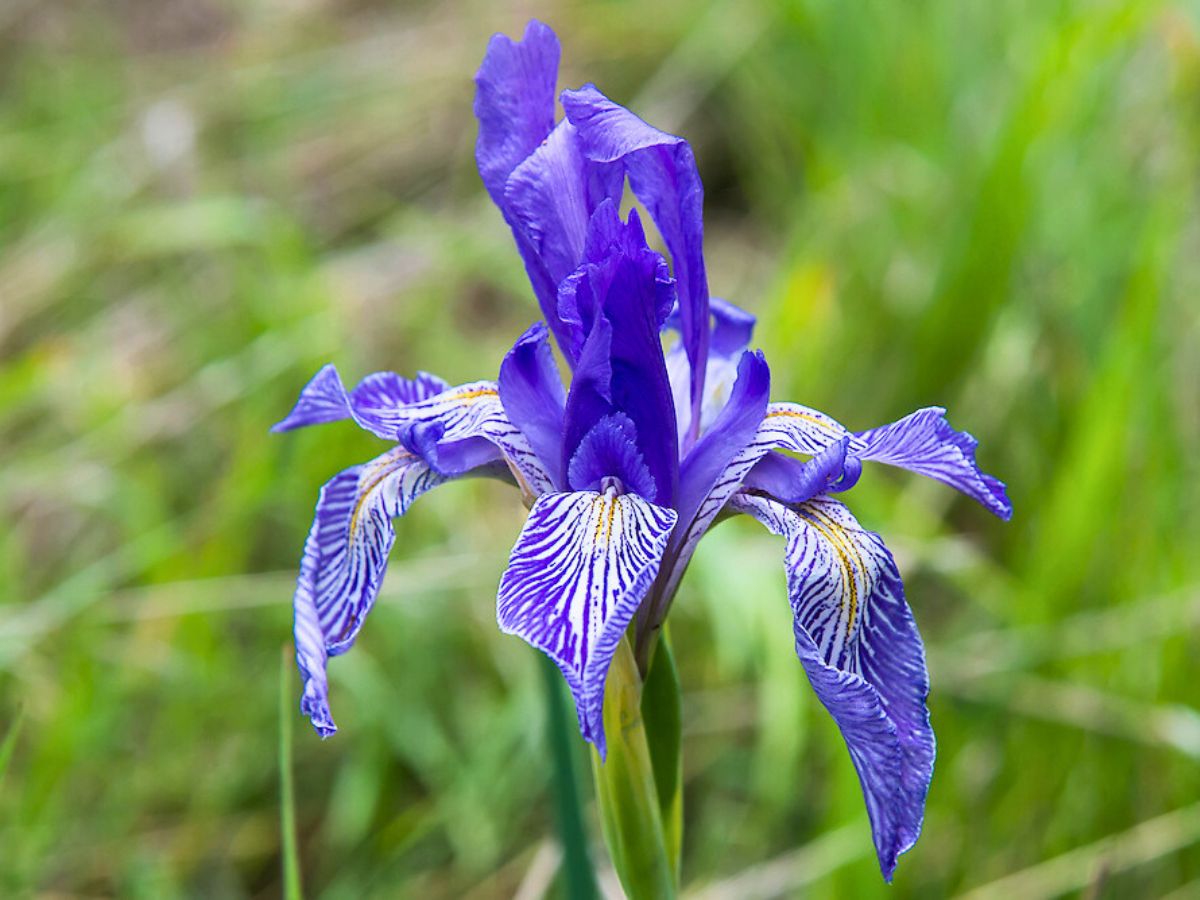
In French history, the Iris flower inspired the fleur-de-lis, a national emblem associated with monarchy, religious authority, and purity. The design, based on the shape of the Iris bloom, came to represent values like valor, loyalty, and divine right. During medieval times, the Iris also appeared in coats of arms and royal crests, reinforcing its association with high ideals and noble intentions.
In the Victorian era, a time when people communicated through carefully chosen flowers, the blue Iris signified admiration, courage, and deep sentiment. It was the kind of flower that would be sent to a person who had gone through hardship, who had shown wisdom, or who was loved deeply but silently.
Cultural Interpretations of Blue Iris Around the World
Different cultures interpret the blue Iris in slightly different ways, although there are shared themes of spirituality, inner strength, and reverence.
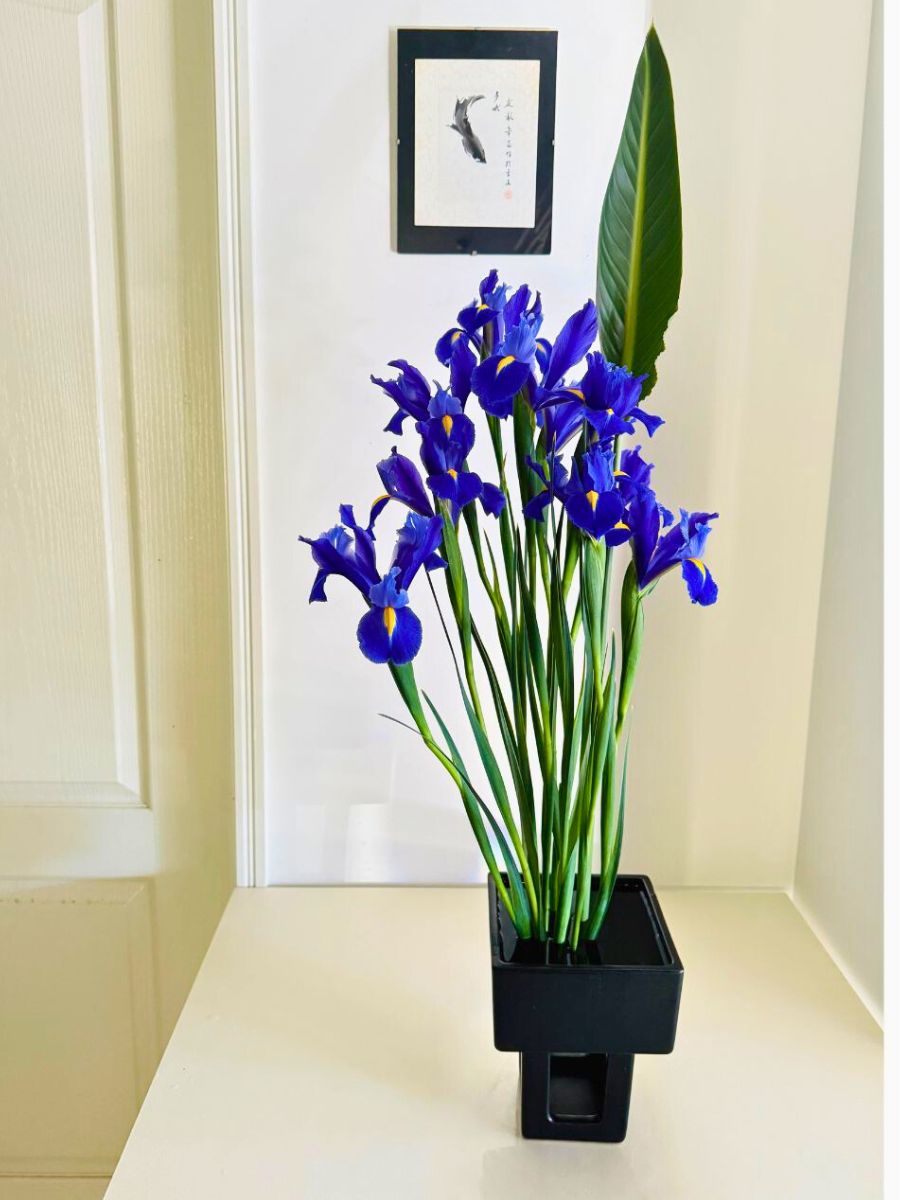
In Japanese culture, the Iris is part of the Hanakotoba or language of flowers, where it is linked to protection and strength, especially for boys. During the Boys’ Festival in May, Iris leaves are used in ceremonial baths and home decorations as a way to ward off evil spirits and promote good health. The sharp, blade-like structure of Iris leaves is seen as symbolic of warrior-like qualities.
In Christian symbolism, the Iris is associated with the Virgin Mary, representing purity, sorrow, and divine wisdom. It is sometimes seen as a symbol of resurrection or rebirth, making it appropriate for funerals and Easter celebrations. The sword-like leaves of the Iris are also interpreted as a symbol of the sorrow that pierced Mary’s heart, adding a layer of emotional depth when used in religious settings.
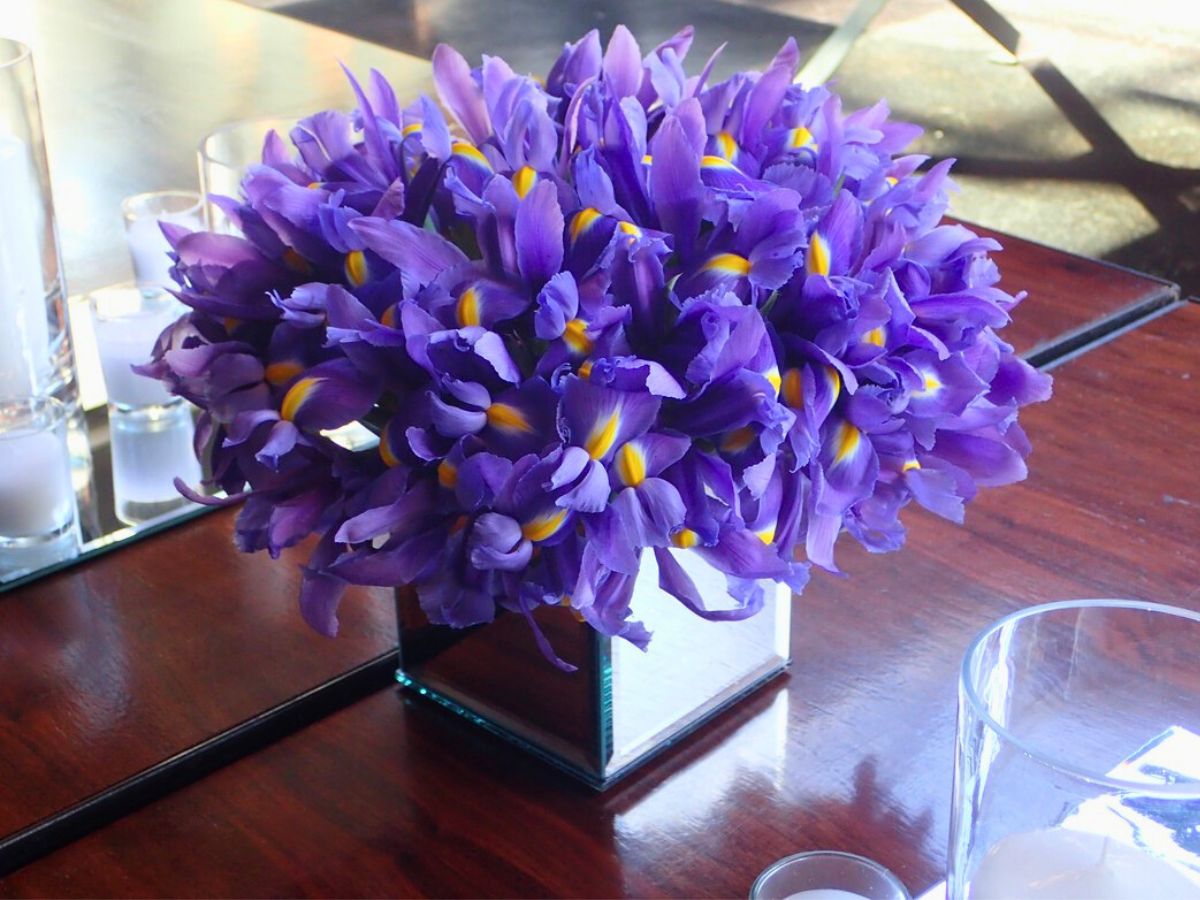
In many European cultures, especially in springtime traditions, the blue Iris is seen as a sign of new beginnings and seasonal renewal. Because it blooms early in the year, it is often used in gardens and arrangements to mark transitions—both emotional and spiritual.
Blue Iris Flower Tattoo Meaning
The blue Iris flower tattoo meaning draws from all these traditions but adds a personal twist. People choose this flower as a tattoo to express values that matter deeply to them—such as transformation, emotional clarity, or remembrance.
For some, the blue Iris represents a transition they’ve experienced: a season of healing, a departure from the past, or a newfound sense of purpose. For others, it is chosen to honor a loved one who has passed away, carrying the symbolism of a messenger between worlds. The tattoo becomes a spiritual statement, one that communicates silently but with emotional power.
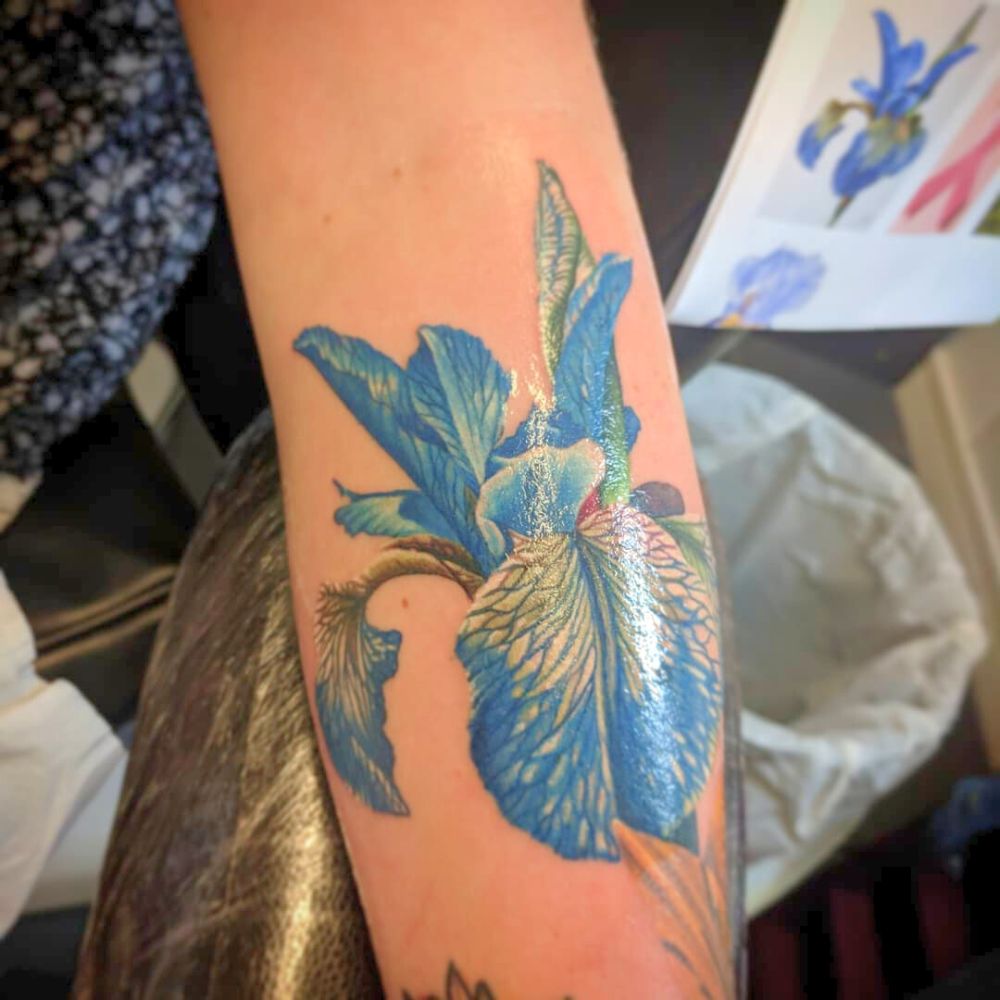
The blue Iris is also chosen as a symbol of emotional balance. Its association with wisdom and calm communication makes it a fitting choice for those who value introspection, therapy, or personal growth. Its placement—whether on the arm, shoulder, back, or ribcage—may indicate how private or public the message is intended to be.
Blue Iris in Relationships and Emotional Expression
The blue Iris plays a unique role in emotional expression. It isn’t as common as red roses or white lilies, but that’s part of its appeal. Its meaning is nuanced, which makes it ideal for situations that require more than cliché or surface-level gestures.
When gifted to a friend, the blue Iris suggests deep respect and emotional support. It communicates sincerity, trust, and a willingness to be present in moments of vulnerability. In romantic relationships, the flower may be used to signal a desire for reconnection, emotional transparency, or the beginning of a new chapter.
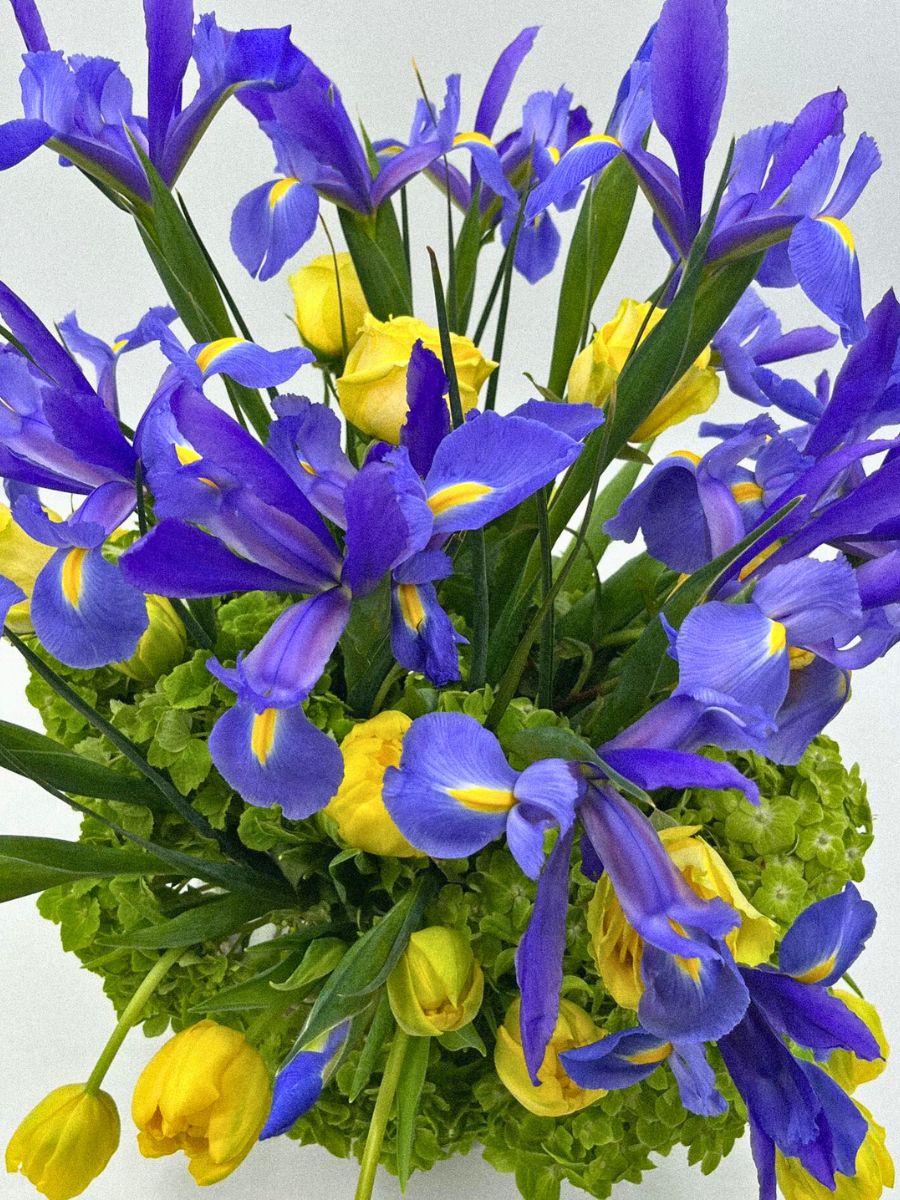
The blue Iris also holds significance in grief. It is frequently included in sympathy arrangements and memorial services. Here, it communicates hope amid sorrow, remembrance without overwhelming grief, and a quiet reminder that connection continues beyond physical presence.
Because the blue Iris doesn’t shout its message, it is often seen as more authentic—chosen by those who value depth over display, and emotional truth over performance.
Use of Blue Iris in Floristry and Commercial Floriculture
While the blue Iris is not among the top five commercial flowers worldwide, it has a respected place in modern floristry. The most widely used variety for commercial purposes is the Dutch Iris, known for its slender stems, vibrant blue-to-purple tones, and elegant shape. This variety is commonly cultivated in the Netherlands, Colombia, and Ecuador, and is exported globally for use in seasonal arrangements.
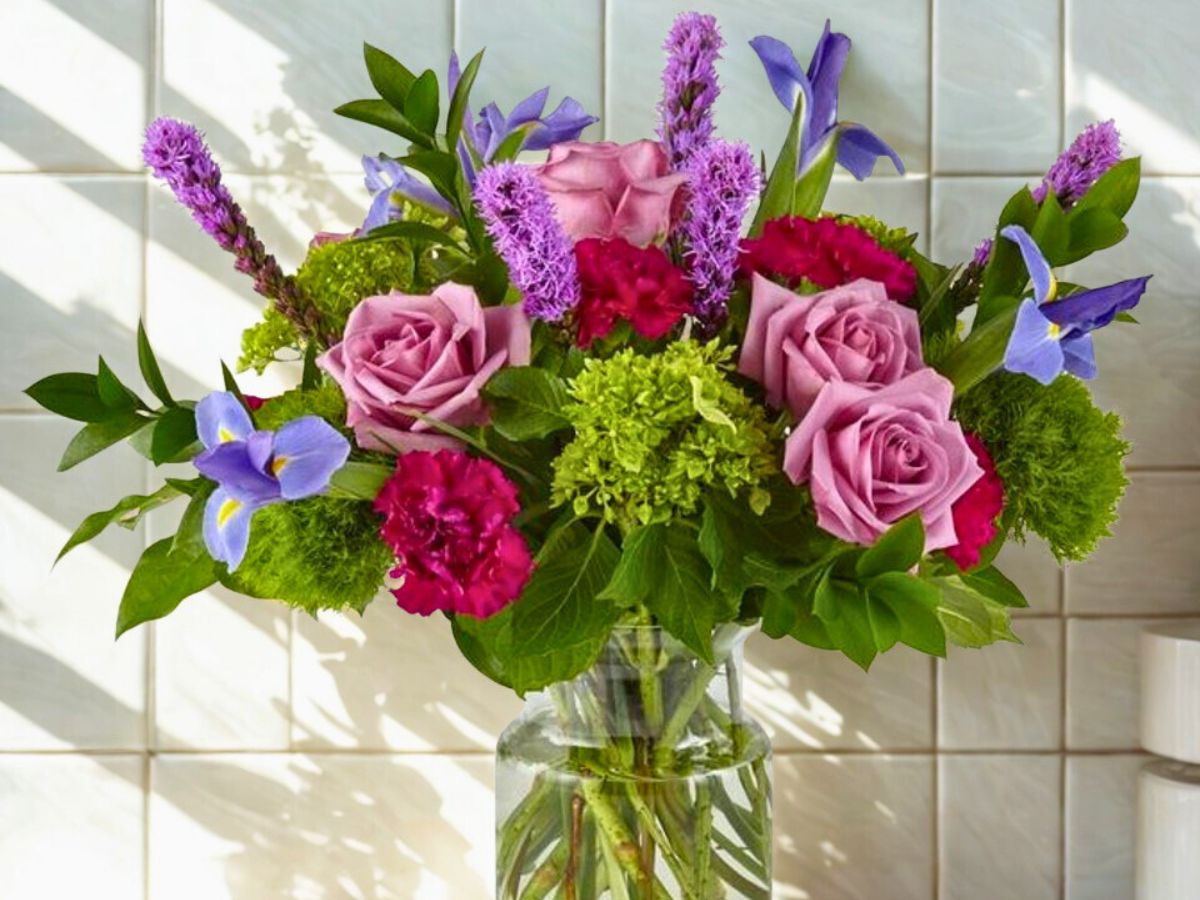
Florists turn to the blue Iris especially in the spring, aligning with Easter and Mother's Day. The flower’s short seasonal window gives it a kind of exclusivity. It is often included in mixed bouquets where the intention is to convey hope, sympathy, or elegant refinement. You’ll frequently see it paired with daffodils, white roses, or snapdragons in professional arrangements.
Online floral services like Interflora, Bouqs Co., and Teleflora regularly feature Irises in their sympathy and spring-themed offerings. Its popularity is growing in niche segments where symbolism and visual elegance are both valued.

The blue Iris offers strong visual contrast and a long-enough vase life to make it practical for commercial use. It may not dominate the floral industry like roses or carnations, but it holds a firm, respected place in high-sentiment occasions.
Spiritual and Dream Symbolism of Blue Iris
In spiritual practice and dream interpretation, the blue Iris continues to be seen as a bridge between thought and emotion, between the physical and the spiritual.
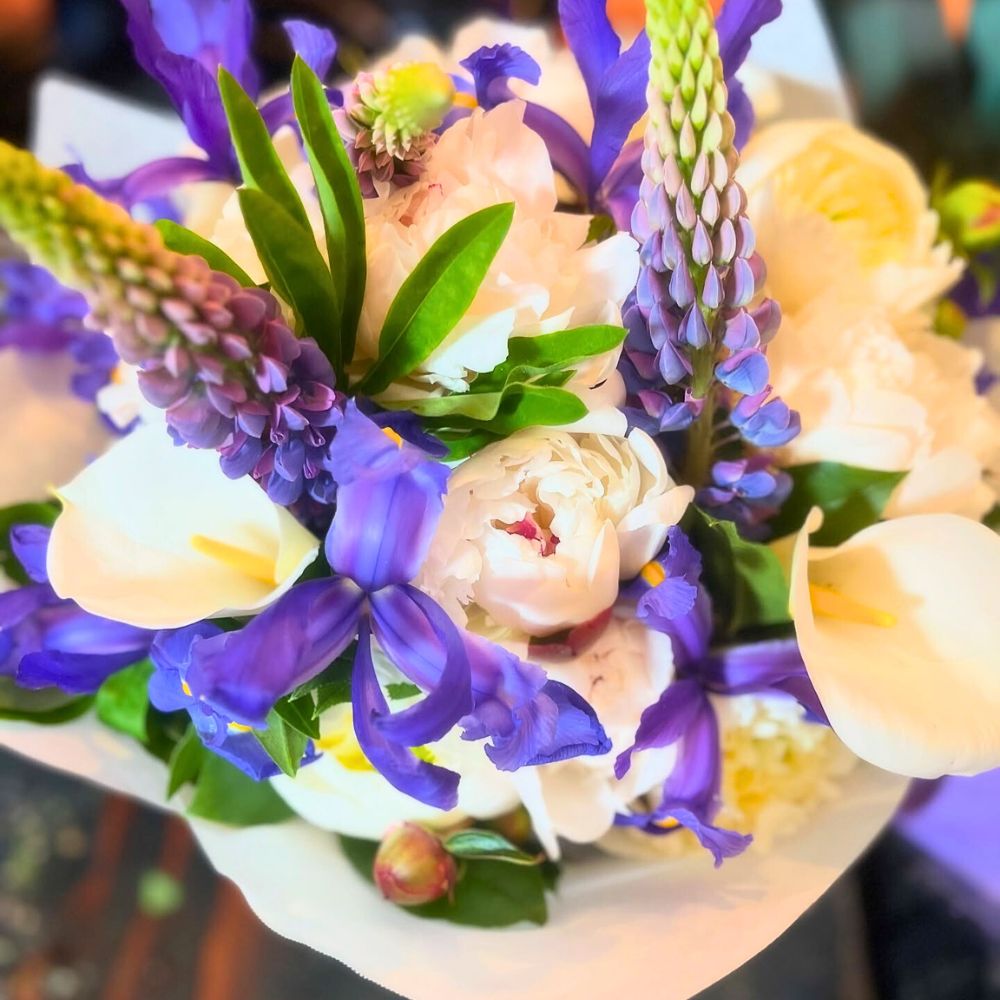
When the blue Iris appears in dreams, it is often interpreted as a message from the subconscious or the spiritual realm. It may signal the need for open communication, emotional honesty, or the arrival of spiritual insight. For people undergoing inner changes, the Iris can represent the clarity that follows confusion, or the peace that comes after emotional upheaval.
Spiritually, the flower is associated with the throat and third-eye chakras, both of which deal with communication and perception. Some energy healers use Iris flower essences or visual meditations with the blue Iris to support self-expression or intuitive alignment.
In all these contexts, the blue Iris remains consistent in what it offers—calm, clarity, depth, and the sense that something meaningful is being conveyed without needing to be loud.

The meaning of the blue Iris flower is layered, historical, and deeply personal. From ancient mythology to modern floristry, from symbolic tattoos to grief rituals, it continues to offer a unique way of expressing emotions that are difficult to name. Its calm blue tones and graceful structure mirror the themes it represents: trust, wisdom, transition, and emotional truth.
Whether used as a gift, a symbol of healing, or a personal emblem, the blue Iris invites us to pause and reflect. It reminds us that beauty can carry a message, and that some of the most meaningful gestures are the quietest ones.
Header image by @Brecks Bulbs.

